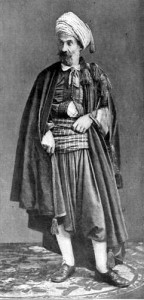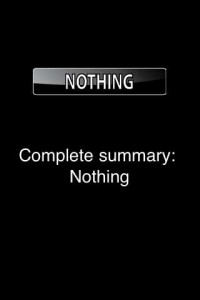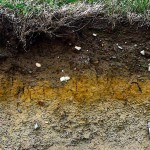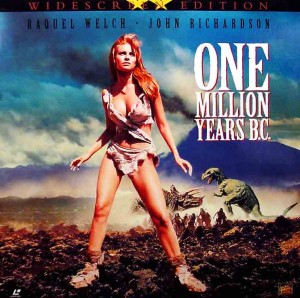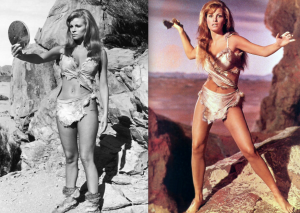The architectual, artistic, scientific and technological achievements of human antiquity seem to be universally awe-inspiring, but our sense of wonder and thirst for knowledge about human prehistory and antiquity often makes us vulnerable to wacky theories and misunderstandings about the past. These theories include but are not limited to: worldwide alien visitations, diffusion of all forms of civilization from a single mythical race of higher intelligence (Atlantis), ancient predictions of doom, etc.
Most of these myths have already been addressed in this blog already, so the focus of this post will be more about the fictitious mysteries we create, the real mysteries we want to solve, and how archaeology as a science can go about investigating them.
Many famous ‘mysteries’ surrounding artifacts and monuments such as the Egyptian pyramids, Stonehenge, the statues on Easter Island and the Mayan Calendar are usually spurred by misinterpretations or misrepresentations of human antiquity.

If the world really ends in 12 days, I'll have spent my entire life in school. Let's just take a moment to think about that.
The purpose of archaeology is to unveil these purported ‘mysteries’ through the scientific method. Because the past is gone, we are all forced to construct an image of the past in the present. This is where we begin to go awry and to allow our imaginations to run wild. Take a look at this website called “Truth Is Scary”: http://truthisscary.com/curriculum/ancient-mysteries/. It hosts a plethora of misinformed ideas about human antiquity and ‘mysteries’ that are really not ‘mysteries’ at all. Many of the ‘facts’ can be easily disputed by anyone with historical, archaeological, geological or cultural knowledge of the particular people and places under discussion. The trouble lies in the average person’s easy acceptance of ‘facts’ that they can neither prove nor disprove themselves. This is where science comes in!
The goal of scientists is to construct images of the past that are verifiable (meaning that they have tried and tested evidence at the basis of their arguments – evidence that should be easily accessible to scientists and the public alike). According to Ashmore and Sharer, authors of Discovering Our Past, A Brief Introduction to Archaeology: “Science is concerned with gaining knowledge about the natural world by observation. Science is not concerned with things that cannot be ovserved or examined; these are the subjects of theology, philosophy, the occult, or pseudoscience” (Ashmore&Sharer 2012:11).
Most of the ‘mysteries’ surrounding famous monuments such as the Egyptian Pyramids can be solved by archaeological investigation. How were they built? Artifacts such as measuring tools, copper chisels and wooden mallets, wooden pulley wheels and even some rope fragments, not to mention wall paintings depicting construction processes and the nearby quarries from which the limestone blocks were carved, have been discovered by archaeologists and Egyptologists. Through science, we gain a greater understanding of how the ancient Egyptians accomplished such magnificent enterprises.
‘Real’ archaeological mysteries lie more in the ‘whys’ rather than the ‘whos,’ ‘hows’ or ‘whens.’ For example, the prehistoric (and stunningly beautiful) cave paintings in France and Spain, (some 37,000 years old based on radiocarbon dating), continue to captivate and elude us in many ways.
Were they ceremonial or part of shamanistic practices? Did the depiction of animals function as hunting magic – a sort of wishful thinking on the part of the prehistoric hunter-gatherers? Were they created purely for the joy of the creative process – art for art’s sake? We just don’t know.
One of the reasons why we believe so many ‘mysteries’ is due to our “intellectual and temporal conceit” (Feder 2011) resulting in a great underestimation on our part of the intelligence and abilities of human antiquity. Based on analysis of cranial capacity and intercranial impressions of prehistoric human skulls, our species have had the same intellectual capacity for about 195,000 years (Feder 2011).
Real mysteries currently under archaeological and scientific investigation should challenge us to accept the amazing capabilities of our ancestors, not to invent some outside source of intelligence or inspiration that undermines the ingenuity and hard work of prehistoric or ancient peoples.
References:
Feder K. 2011. Frauds, Myths, and Mysteries: Science and Pseudoscience in Archaeology. McGraw-Hill Companies, Inc., 1221 Avenue of te Americas, New York, NY 10020.
Ashmore W, Sharer R. 2010. Discovering Our Past: A Brief Introduction to Archaeology. McGraw-Hill Companies, Inc., 1221 Avenue of the Americas, New York, NY 10020.






